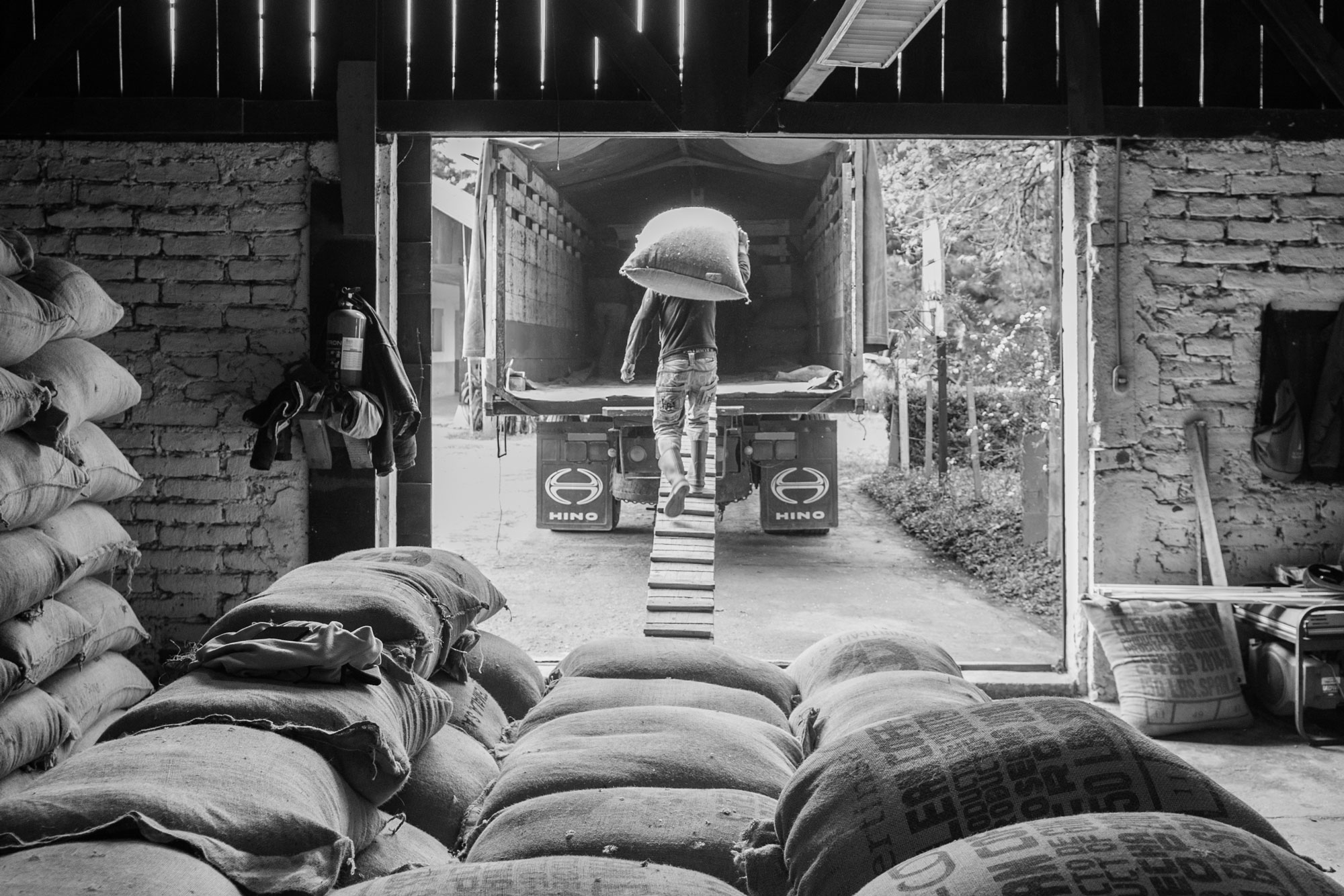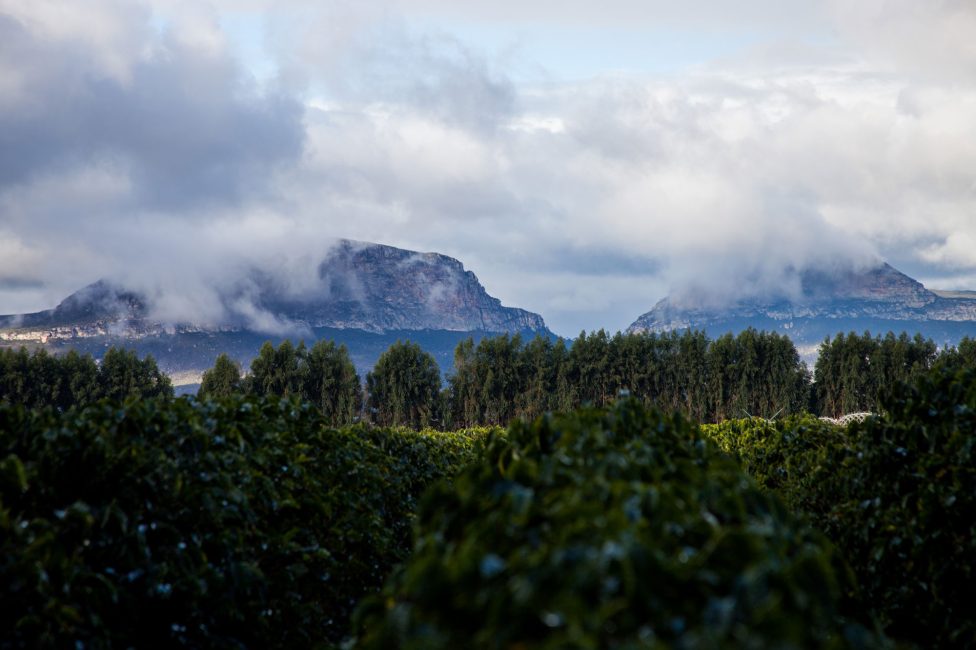Staying Agile in 2025
The dramatic increase in the market price of commodity coffee is having a significant effect on coffee sourcing for both importers and roasting companies. In a changing landscape, here are some ways you and your roasting business can minimise risk while maintaining access to all your favourite coffee lots.
Published 11 Feb 2025
1. Stay up to date on the C-market and currency exchange rate.
At Melbourne Coffee Merchants (MCM), what we pay for coffee is largely dictated by quality, cost of production and scarcity, rather C-price movements, providing some (but not complete!) protection against the volatility of the commodities market for both the grower and the buyer. When the floor price of coffee spikes, however, it follows that all coffee pricing must increase.
Another major consideration in coffee pricing is the exchange rate between USD and AUD. With all international coffee sales traded in USD, the strength of the Aussie dollar at the time of purchase can significantly affect the landed kilogram price for any of our offerings.
Staying informed on both the C-market and currency exchange rate gives coffee buyers a better sense of where prices are heading, and what to expect from upcoming seasons. You can check out the daily C-price via ICO’s Price Indicator or Trading Economics’ Live Price Chart, along with the latest currency exchange rate here.
2. Know your numbers.
The price of green coffee is just one part of the equation in creating a successful and sustainable business model. Taking a comprehensive overview of your business’ costs — including considerations such as overheads, labour and operational expenses — and establishing your targeted profitability is critical in building a sustainable pricing structure for wholesale and retail partners.
It’s likely that most coffee businesses will need to raise their prices to reflect increased costs. This may feel daunting, but it’s also an opportunity to build trust through honest and transparent communication with your community — justifying, rather than excusing, increased prices. Our recommendation is to begin incrementally raising prices now, while consumers are tuned into coffee pricing through recent media reports, to protect your business in the future when current C-price surges hit your bottom line. We’re on hand to chat strategies for price increases, or brainstorm messaging for your customer.
3. Get familiar with coffee seasonality.
Understanding a producing country’s seasonal cycle of harvest, processing, buying, shipment, arrival and usage is essential in accurately planning for a successful and efficient coffee program. For this reason, we’ve compiled a comprehensive guide to seasonality in our Coffee Harvest Calendar.
From a quality perspective, knowing when to expect your favourite lots to land allows you to plan their use for when they are peaking in flavour. From a business perspective, gaining familiarity with the stages of a season allows you to initiate key conversations at the right time, or get ahead of tricky messaging for your own customers.
Typically, the coffees we book on a sourcing trip won’t land in Australia until 4-6 months after we’ve travelled to origin and may not be put into production for another 3-6 months after arrival. This means, any increases in price at the time of purchase may not hit a roaster’s bottom line for some 6-9 months into the future. This lead time allows a roaster to prepare for any potential increased costs by adjusting prices or implementing efficiency measures at roastery and café level, before starting to feel the pinch.
4. Consider moving from spot to pre-committed purchasing.
Spot coffees are purchased by MCM with no specific customer or purpose in mind. For this line up, we choose coffees that we love and that we think our customers will love too. Purchasing from spot is a great option for small and new roasters, who need a lot of flexibility in their coffee selection and volumes or don’t yet have the capacity to commit to coffees in advance.
While offering a diverse spot line up is an integral part of our business, this model does carry greater financial risk for the importer. Our team is often forecasting demand some 6-9 months in advance of selling the coffee — a particularly challenging task as consumer and green buying trends respond to increased cost-of-living and other business stresses. If we over-estimate demand, we may end up having to discount overstocked lines significantly, affecting our overall profit margin; if we under-estimate demand, some of our customers may miss out on certain origins or coffee lots.
One of the ways we’ve minimised risk to our business is to limit the number of spot options offered in each container. Instead, we’re asking customers to communicate their requests ahead of the buying season, which we then purchase on their behalf. In this scenario, roasters who have historically relied on spot offerings may not have as many options or access to more specialised lots, such as rare variety or specially processed nano-lots. Communicating your buying intentions early — whether they are small or large — is the best way to ensure you can secure the coffees you love!
5. Forecasting is key
Forward buying is great option for customers who need constancy and consistency in their coffee supply, particularly in a volatile market. This purchasing model guarantees the customer a particular volume of a coffee at an agreed upon quality level and price point. Coffees contracted in advance may be sold with a lower margin, as there is less inherent risk to MCM when we have a guaranteed buyer and can forecast our cash flow – allowing a roaster to access the best price possible for important lines, such as blending components, and plan for costing and usage well ahead of time.
To accurately forecast, a roaster must have a good idea of the required volume and timing of their coffee lines. Tracking average usage, customer preferences and anticipated growth or shrinkage are key tools in determining your requirements. Our team are experienced in forecasting and can help you plan for future requirements, without over-committing.
6. Keep a close eye on your inbox (and insta feed)
Our weekly newsletter and Instagram feed are the most reliable and accessible way to stay in the loop of what we’re sourcing, landing, or tasting at any given time.
Ahead of buying trips, we’ll notify customers of our purchasing intentions and encourage you to get in touch to add your requests to our brief. During our time on the ground, we’ll cup to meet those requests and prioritise your coffees when building our shipment. As always, staying engaged and communicating early are the best ways to ensure you don’t miss out on your favourite lots.
7. Book a planning session!
Coffee sourcing may be a rollercoaster right now, but you don’t need to ride alone! We recognise that planning your menu for three, six, and, sometimes, more than nine months in advance can be a daunting task, especially when it comes to large blending lines that are meant to last you for most of the calendar year. Our doors and phones are always open to talk about your coffee program and decide on the best purchasing model for your business.
Booking a planning session with our team allows us to gain better understanding of your coffee requirements and to plan towards fulfilling them. Sitting down together also gives us an opportunity to chat about where you and your business are at, and how we can best support you in the current climate. Don’t be afraid to reach out or ask questions — we’re here to help!


